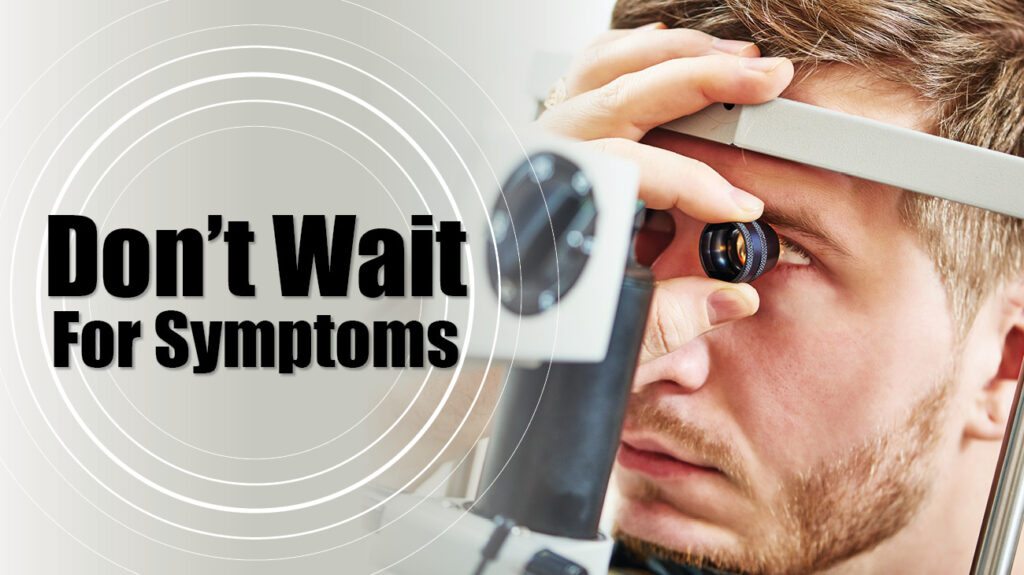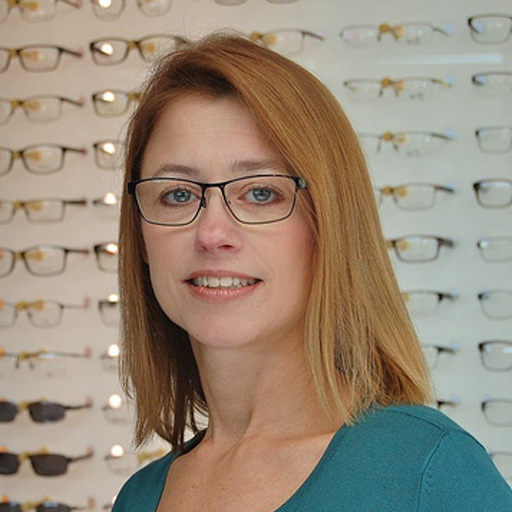Many people with medical eye diseases don’t show symptoms immediately, but with an underlying disease, the damage is already underway. Regular comprehensive eye exams are essential in diagnosing eye diseases early.
Comprehensive Eye Exams Diagnose Medical Eye Disease
By not getting a comprehensive eye exam on a regular basis, you’re putting your eyes at risk because once symptoms show, it might be too late for effective treatment. If detected early, your eye doctor can help treat and improve your vision.
An eye exam can reveal health conditions unrelated to your eyes. During an eye exam, your eye doctor can evaluate the health of the blood vessels in your retina and help predict the overall health of the blood throughout your body. Diabetes, hypertension, and hypercholesterolemia can all appear during a routine eye exam
Common Eye Diseases
Refractive Errors
Refractive errors are the most commonly diagnosed eye disorder in the United States. Myopia (nearsightedness), hyperopia (farsightedness), astigmatism (distorted vision), and presbyopia (loss of the ability to focus up close) are all refractive errors that can be corrected if diagnosed early. Early symptoms of a refractive error include seeing a glare around bright lights, having to squint, and having double vision.
Age-related Macular Degeneration
Macular degeneration is typically associated with aging. The results are a loss of the clear central vision needed for many day-to-day tasks.
Wet age-related macular degeneration: abnormal blood vessels form under your retina. They may eventually bleed and leak fluid, and cause the macula to rise and distort your central vision.
Dry age-related macular degeneration: more commonly diagnosed than wet age-related macular degeneration, this eye condition presents fewer symptoms in the early stages. By the time symptoms appear, vision is likely already impaired.
Cataracts
A cataract is a clouding of your eye’s lens. A cataract makes it challenging to read, drive a car, and perform day-to-day activities. Cataracts can strengthen over time and interfere with your vision. Symptoms usually include clouded or blurred vision, sensitivity to bright light, a halo effect around bright lights.
Diabetic Retinopathy
Diabetic retinopathy causes damage to the blood vessels in your retina. As the disease progresses, common symptoms include floating dark spots, blurred vision, impaired color vision, or vision loss. It usually shows no symptoms in the early stages, but can eventually lead to blindness.
Glaucoma
Glaucoma causes damage to the optic nerves and doesn’t typically show symptoms in the early stages. Signs in the later stages include eye pain, blurred vision, red eyes, and seeing halos around bright light. There is no cure for vision loss caused by glaucoma, so it’s essential to have annual vision exams before it’s too late.
Contact our office today and ask our staff any questions you might have about scheduling your eye exam and treating medical eye diseases.




